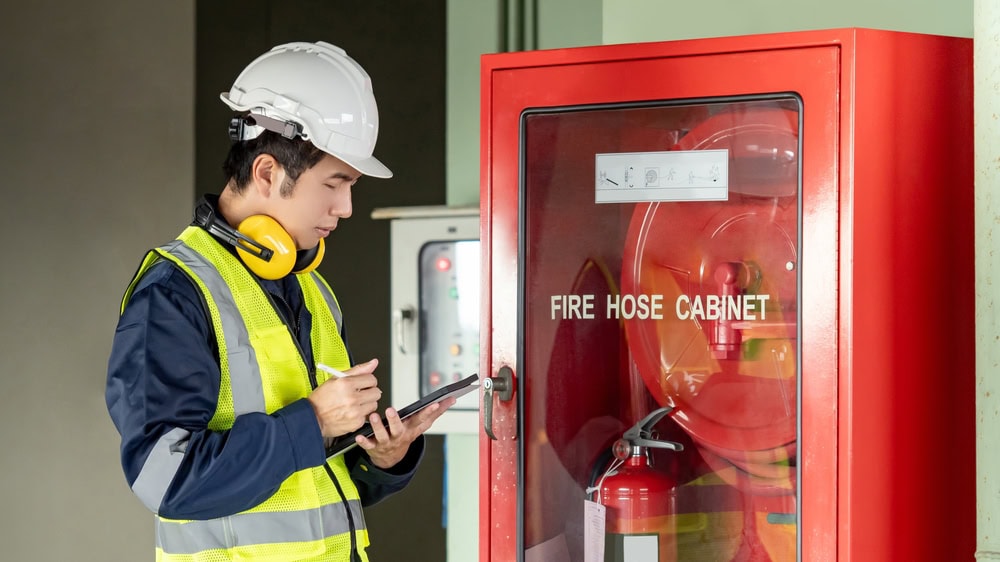2025 Fire Safety Code Changes California Contractors Need to Know
As California continues to face the growing threat of wildfires and urban fire hazards, the state’s fire safety regulations are evolving rapidly. The 2025 updates to the California Fire Code (CFC) and related building standards are some of the most significant in recent years, directly impacting how contractors approach both new construction and renovations. If … Read more










